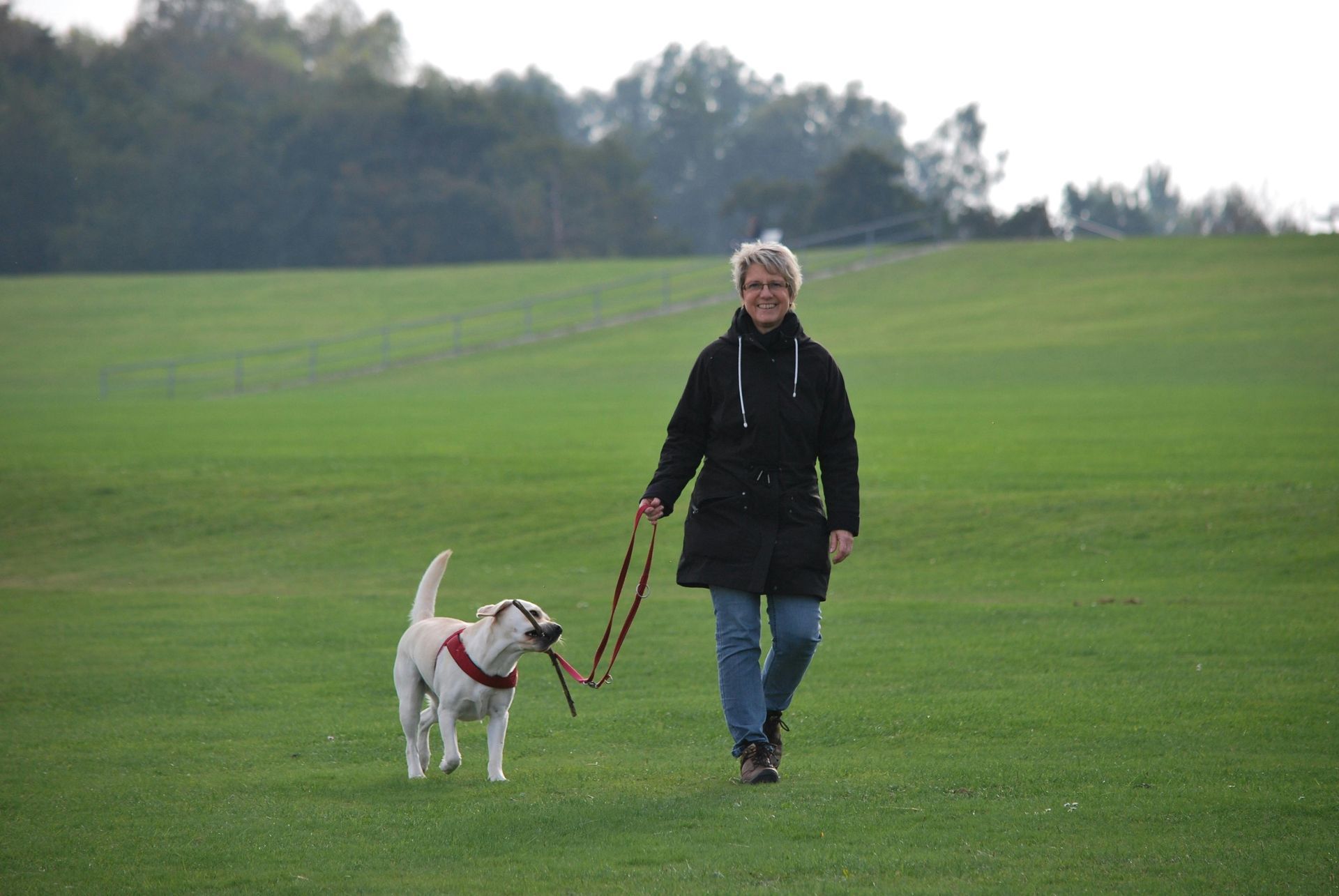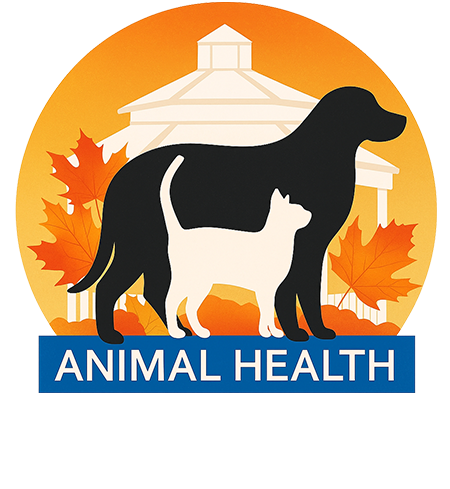Articles

You don’t need a smart collar to know when your dog’s restless. The pacing. The eyes. The whole-body sigh as they flop on the floor again. That low simmer of unused energy? It’s not just boredom—it’s a signal. Movement is more than just a way to burn calories; it’s how dogs stay regulated, relaxed, and sharp. Fitness, when built into their daily rhythm, changes everything: behavior, sleep, digestion, even your bond. And the best part? You don’t need a dog park or fancy gear—just consistency, creativity, and a few smart shifts. Tailor routines to your dog’s needs A husky and a pug don’t need the same workout, and pretending they do is asking for injury or burnout. Matching exercise to the animal in front of you means understanding their history, body, and brain. The ideal plan is one that evolves with age, habits, and environment. Senior dogs may prefer lower-impact movement; high-strung herders might crave more mental engagement than physical intensity. Thoughtful routines hinge on matching your dog’s physical output to their body’s actual needs—so many problems disappear when you simply plan by age, breed, and temperament . It isn’t about more—it’s about the right kind of more. Get active by changing your own habits Let’s talk about the human in the mirror. A sluggish routine doesn’t just affect you—it radiates out. Dogs mirror energy. So if you're stuck in a cycle of low movement, poor food, and disorganized sleep, your dog feels that inertia too. One of the most powerful ways to improve your dog’s health is by improving your own. Choose smaller changes that can ripple out: earlier walks, fewer screens, more outdoor minutes, snacks that fuel instead of numb. If you’re curious about how to start making daily decisions that promote well-being , it begins with noticing the micro-patterns. Dogs don’t need perfection. They need momentum. Mix it up to stay fresh Repetition dulls even the most energetic dogs. Monotony is the quickest way to create resistance or rebellion during walks. Alternating between environments—grass, gravel, indoor ramps—keeps paws and brains stimulated. One day it’s fetched in the yard, the next it’s weaving between cones, and later in the week maybe you’re trotting beside them on a bike. Energy stays high when cycling and agility are great outdoor options layered into the routine. Think of it less like “fitness time” and more like “mini adventures.” Small variety, big payoff. Track their routines digitally If your dog’s training gets sporadic or scattered, it might be less about motivation and more about management. The simplest fix? Track it like you’d track a workout plan or a budget. By documenting repetitions, progress, rest days, and even behavioral notes, you create a rhythm both you and your dog can trust. Whether you’re managing a complex training plan or just keeping tabs on morning walks, tools that simplify scheduling and format matter. There are easy methods for converting files to PDF that let you log, share, and even print weekly fitness logs or progress snapshots. No clutter. Just clarity. Safety first when exercising Not all movement is good movement. Too many owners push their dogs during summer heat or skip cooldowns after intense sessions. Know the signs: excessive panting, glazed eyes, slowed response. Heat stroke is quiet but fast. Fitness gains mean nothing if your dog is burned out, dehydrated, or worse. Keep a pulse on how they’re responding, and avoid overheating with smart activity adjustments like early morning sessions, shaded terrain, and water breaks every ten minutes. Build your bond together A fit dog is often a more bonded one. It’s not just about calories—it’s about choreography. Movement together reinforces leadership, loyalty, and co-regulation. Those little routines—pausing at intersections, checking in mid-hike, chasing a toy and circling back—train connection as much as muscle. It’s subtle, but shared play deepens connection in ways that obedience drills alone never touch. It’s a workout for the relationship, not just the body.
Dog fitness doesn’t need to be a resolution or a chore—it just needs to be a rhythm. A rhythm you both recognize. Consistency is king. And variation, properly dosed, is its crown. Make their movement as natural and integrated as your own daily choices: walk the extra block, switch up the terrain, adjust for the heat, document what works, and—most importantly—be there. Not just as an owner. As a co-pilot. A dog’s fitness journey isn’t measured in steps. It’s measured in shared presence.
Discover the exceptional care your pets deserve at Animal Health Clinic , where we treat your furry friends like family and offer a 10% discount on your first visit!






